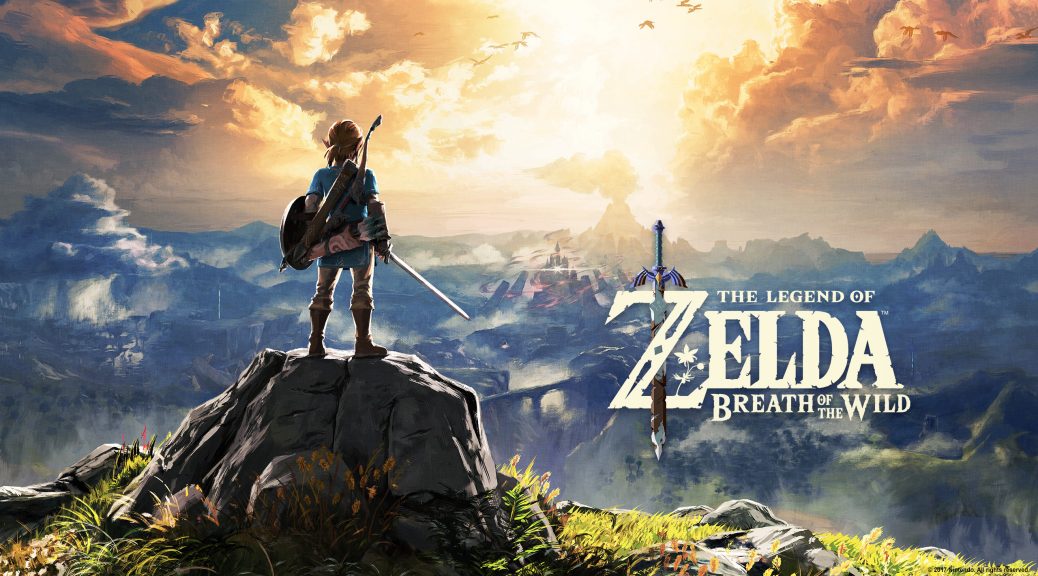
The Legend of Zelda: Breath of the Wild
I will readily admit to being biased against sandbox titles. Empty space in level design is near the top of my list of critical pet peeves, and I find many developers use the format as an excuse to put a Skinner box in place of a core gameplay loop. So I’m honestly shocked to find myself saying that Breath of the Wild is one of the best Zelda games despite and because of its sandbox structure. It’s remarkable how much better this genre becomes when you re-evaluate some of its hallmarks. There are no icon hunts here. Instead, exploration is triggered simply because something in the distance looks interesting. Additionally, while there is an undeniably significant amount of empty space, the visuals and atmosphere prevent it from feeling empty. Breathtaking views that would be climactic centrepieces in any other game appear with near-constant frequency in BotW.
Most importantly, when you travel somewhere in Hyrule that looks interesting, it’s likely to be interesting. The rapid weapon degradation is a contentious subject among fans, but it didn’t bother me at all, simply because I knew there’d be some equally awesome stuff just around the corner. There’s an astonishing amount of variety to experience, and the ludicrously long to-do list of quests and secrets is designed to make you see as much of it as possible. Treating puzzles as equally important as combat and collection already makes this a more diverse sandbox than normal, but those puzzles are often inventive and unusual even by Zelda standards, too. Despite this, the combat still manages to be the deepest in the series while being tactilely solid. There’s even an admirable attempt to scale up enemy difficulty with player progression, although it’s not entirely successful, particularly with bosses.
Much of this content is either enabled by or in service to its organic and open-ended nature, the ambition of which is on par with 90s CRPGs. However, unlike, say, Read Dead Redemption 2’s infamous horse testicles, every extravagance here has gameplay significance. For example, in a thunderstorm, the rain will improve Link’s stealth ability, but any metal objects on him will attract lethal lightning strikes. The ever-present climbing mechanic is similarly more involved than expected, which elevates what would be a chore into…well, still a bit of a chore, but a more engaging one. In fact, possibly the game’s biggest issue – the convoluted controls – exists because you have so many actions at your disposal. Finally, the all-but-post-apocalyptic setting is a fascinating narrative approach, although I’m not sure if the series’ indecisive attitude toward continuity works in a post-Hyrule Historia world.